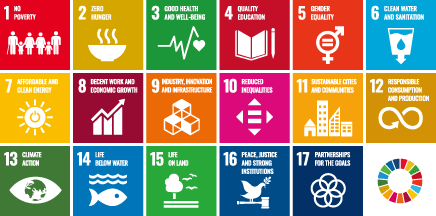Disclosure in line with TCFD Recommendations
Metrics and Targets
The overwhelming majority of the Group's greenhouse gas emissions in its supply chain come from Scope 3, Category 11 (use of sold products). We have set a goal of reducing CO2 emissions from product use by 30% from FY2010 levels by FY2030. However, this goal cannot be achieved simply by improving the performance and fuel efficiency of conventional diesel-powered construction machinery, and the widespread use of battery-powered construction machinery is a key factor. We launched a lithium-ion battery-powered compact excavator in July 2021, but we expect that it will take a certain amount of time for such machines to become commonplace. Therefore, we expect that the pace of achieving the 30% reduction target will accelerate in the late 2020s and as we approach 2030. The use of our products generates Scope 1 or Scope 2 emissions for users of our products, and under the 2°C scenario, the use of battery-powered construction machinery may accelerate as a result of changes in customer attitudes due to increased environmental awareness, public subsidies, or tighter regulations.
We will take this "transition risk/opportunity" as an opportunity for business development and work on product development to expand our lineup of battery-powered construction equipment.
Climate Change Metrics and Targets
| Metrics | Targets |
|---|---|
| CO2 emissions from product use | Reduce by 30% from FY2010 levels by FY2030. (Basic unit) |
| CO2 emissions at factories(in Japan) | Reduce by 50% from FY2015 levels by FY2030. (Basic unit) |
| Renewable energy ratio of electricity used in factories (in Japan) | 100% (already achieved) |



